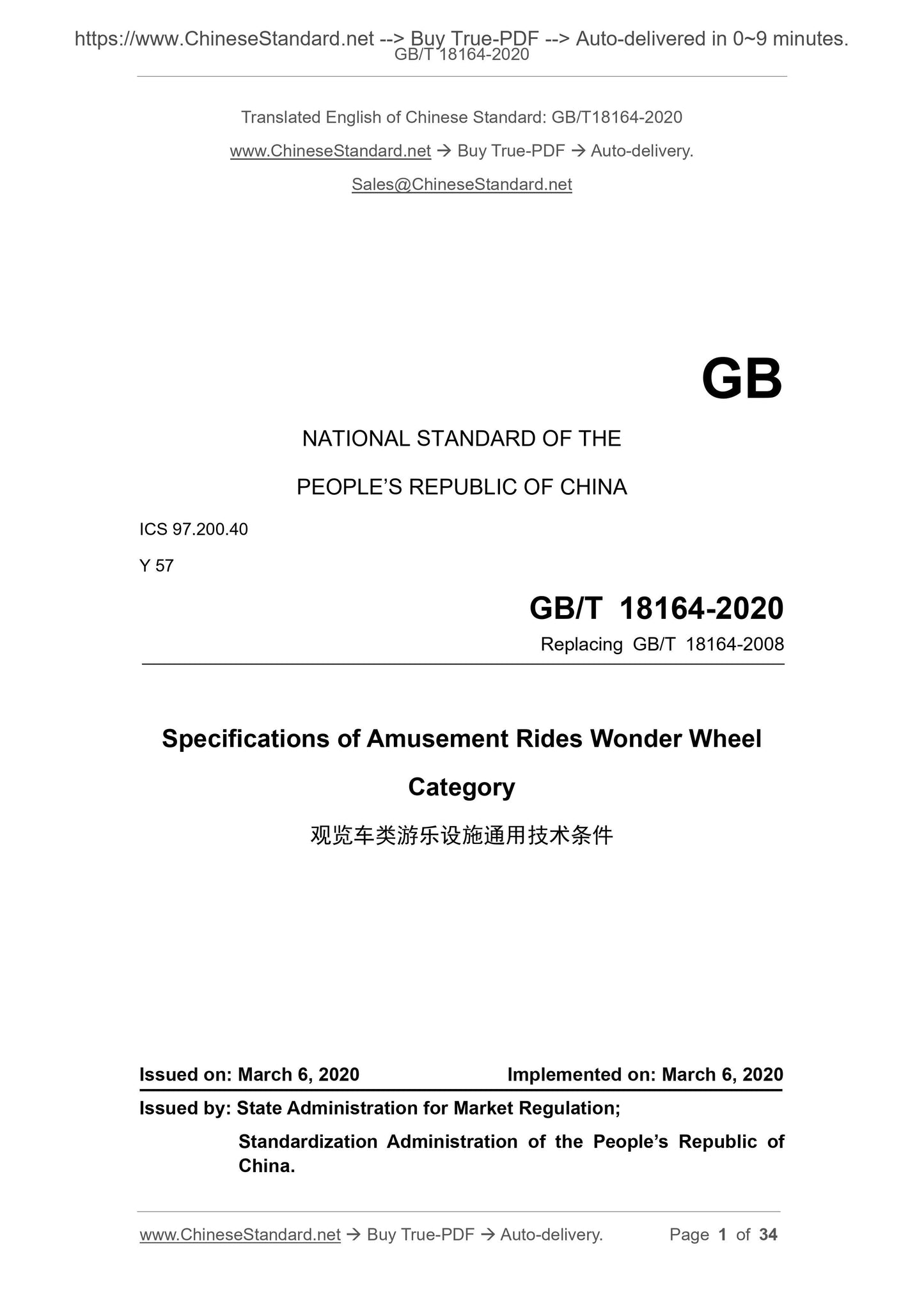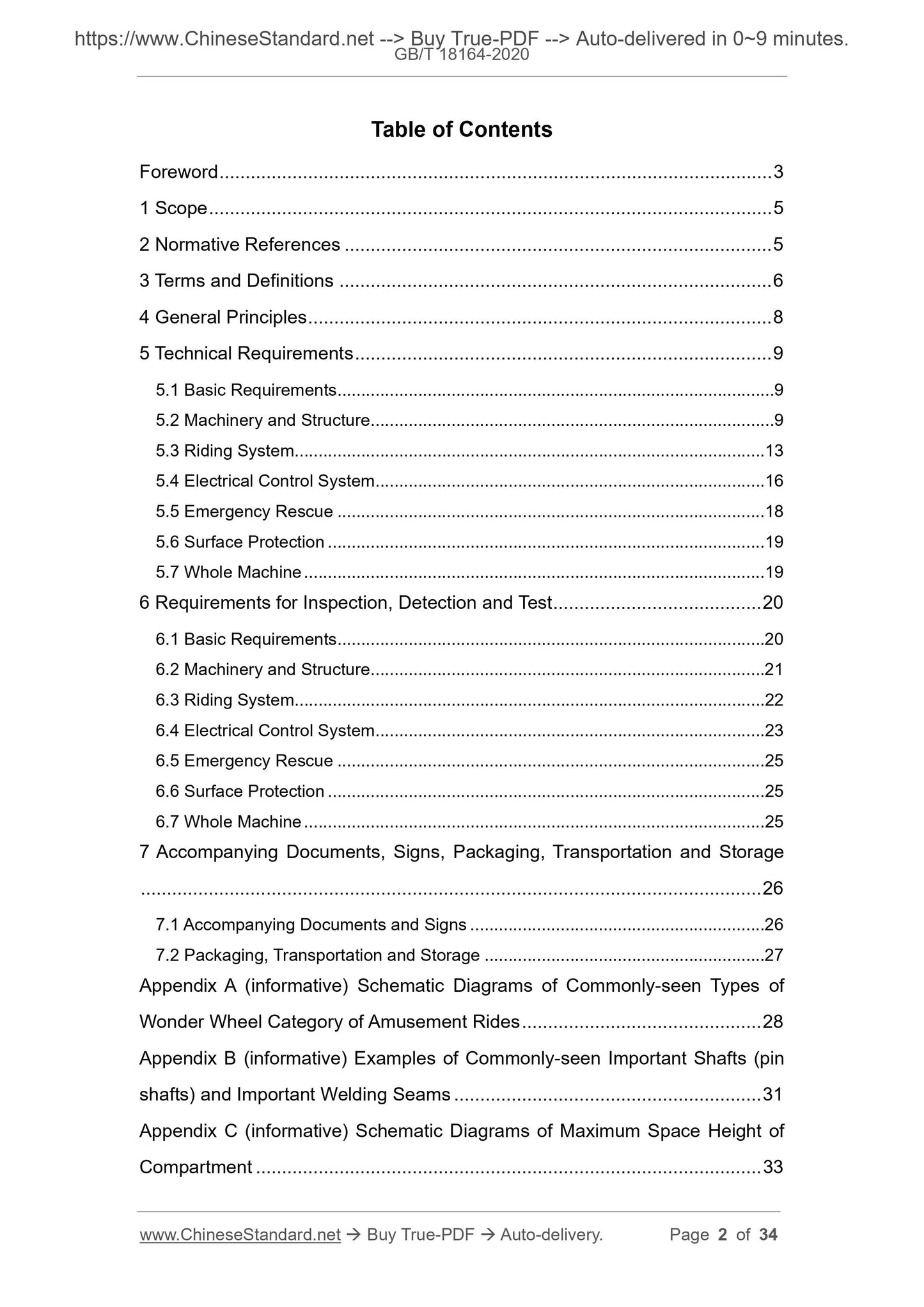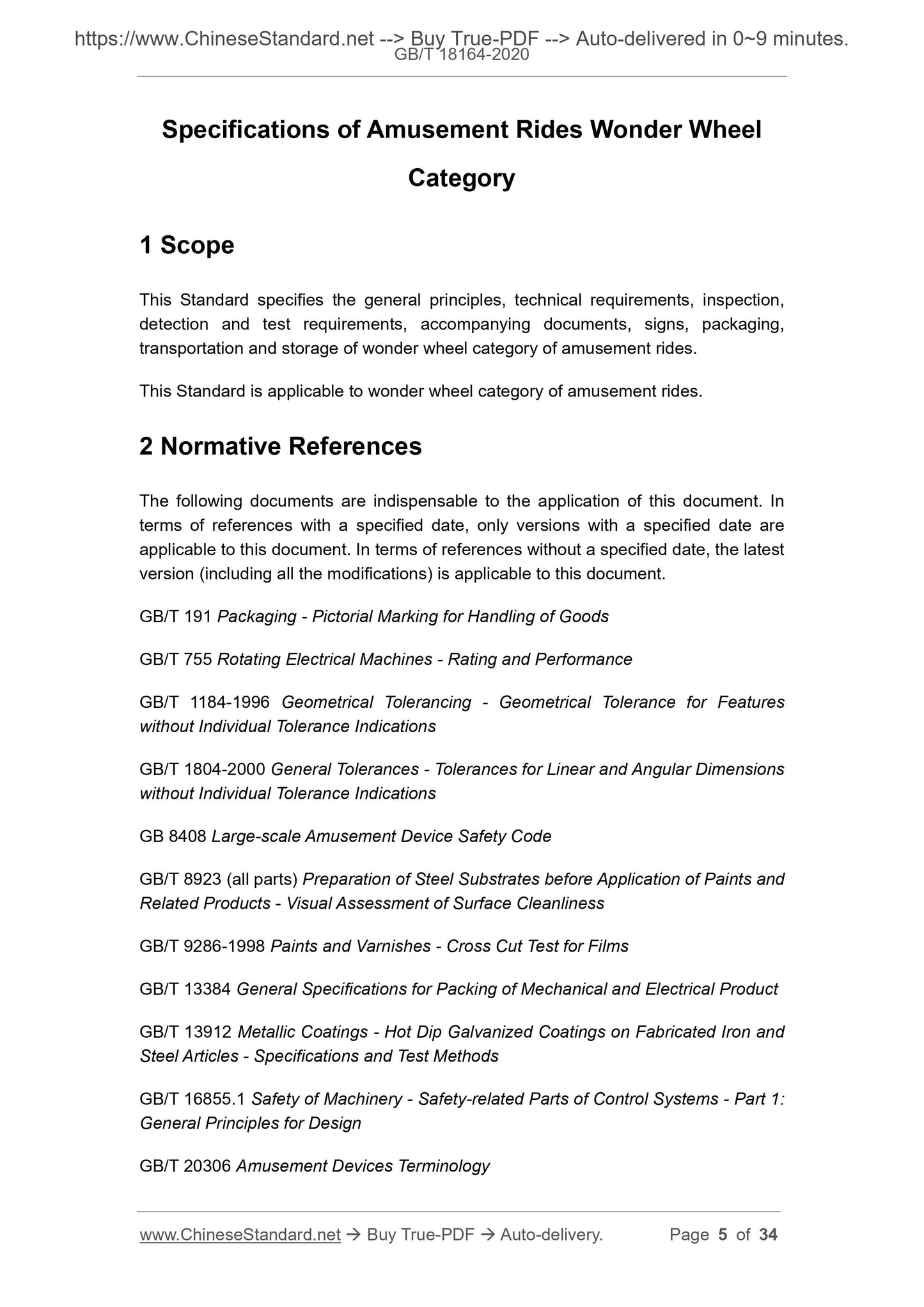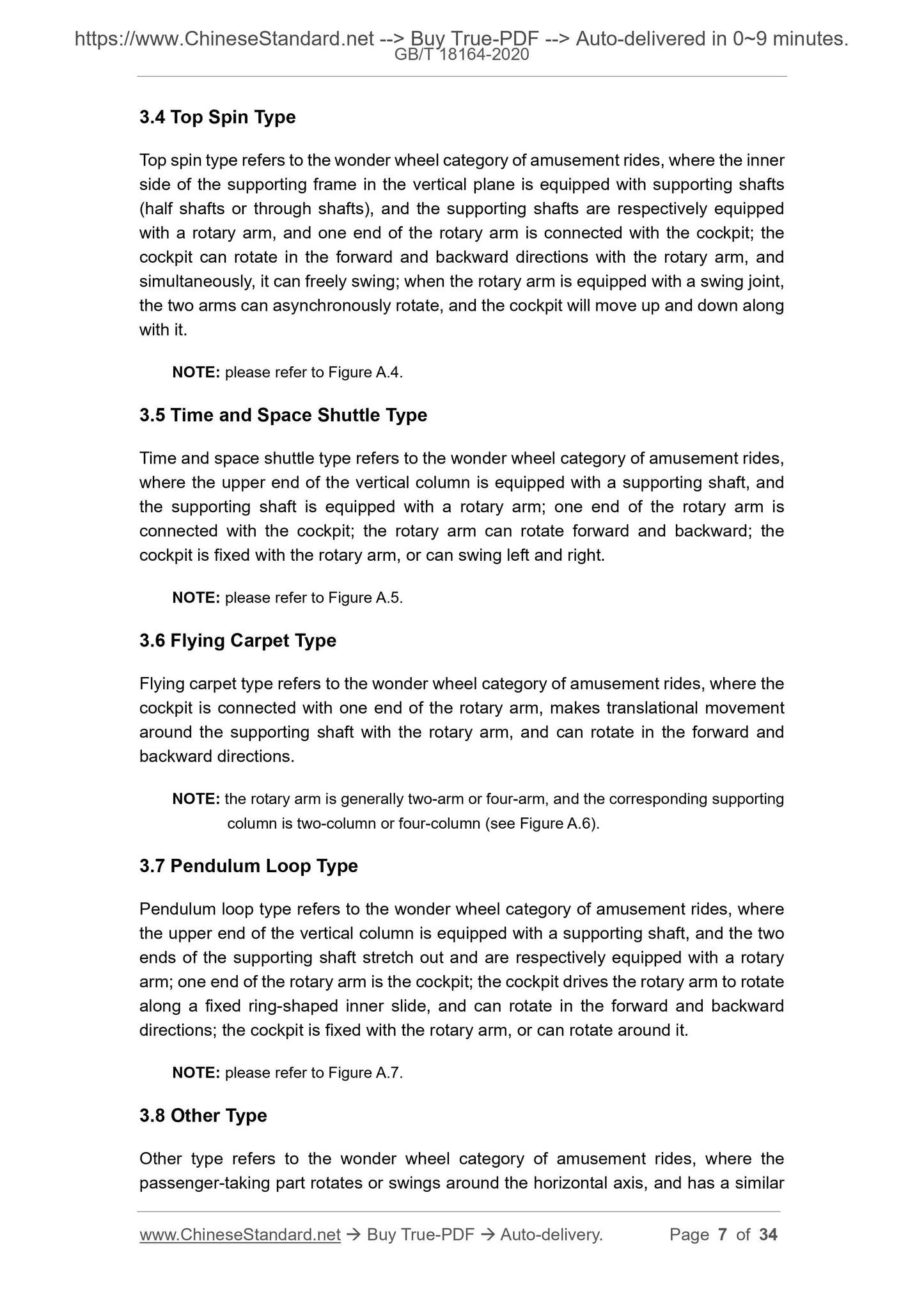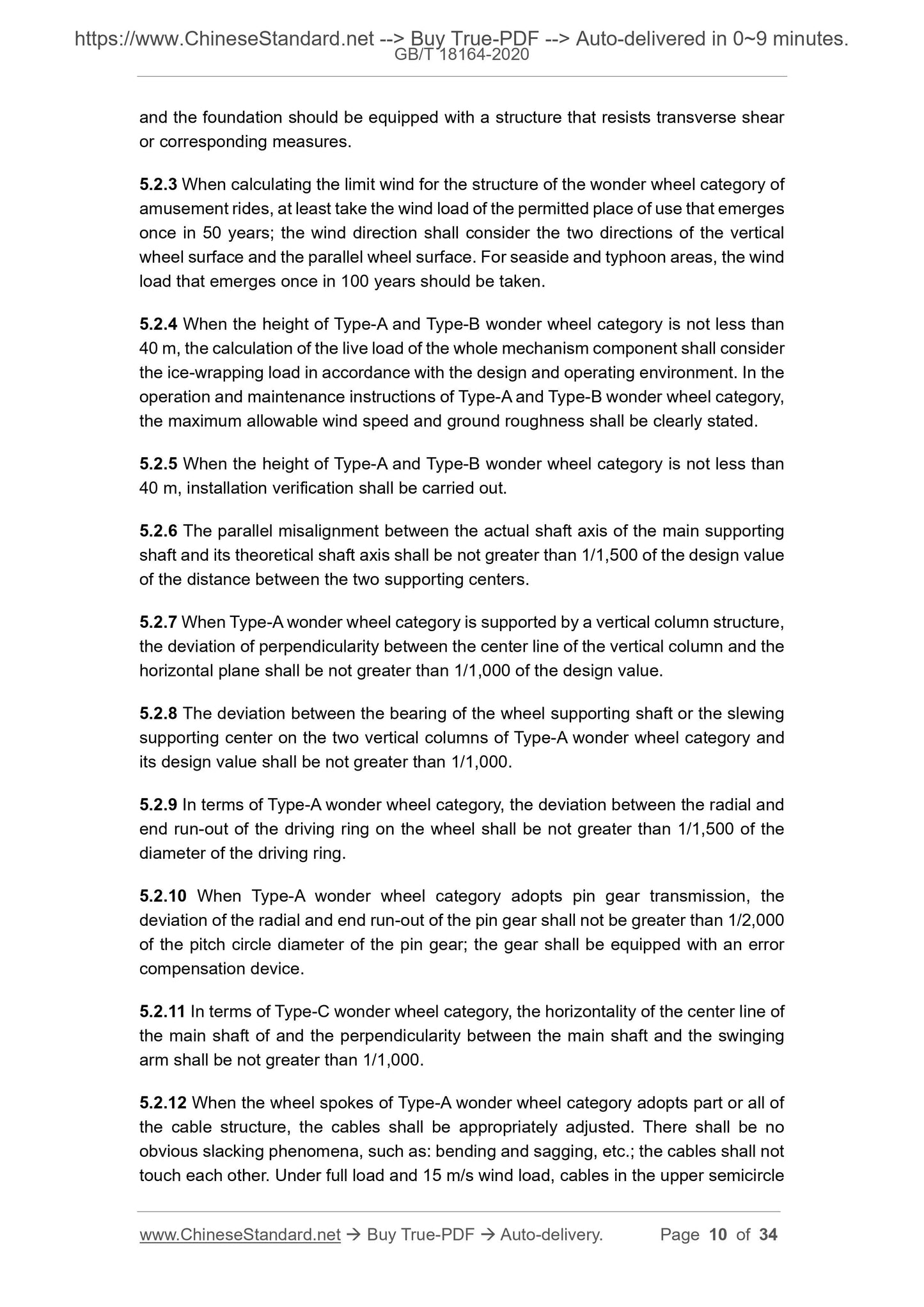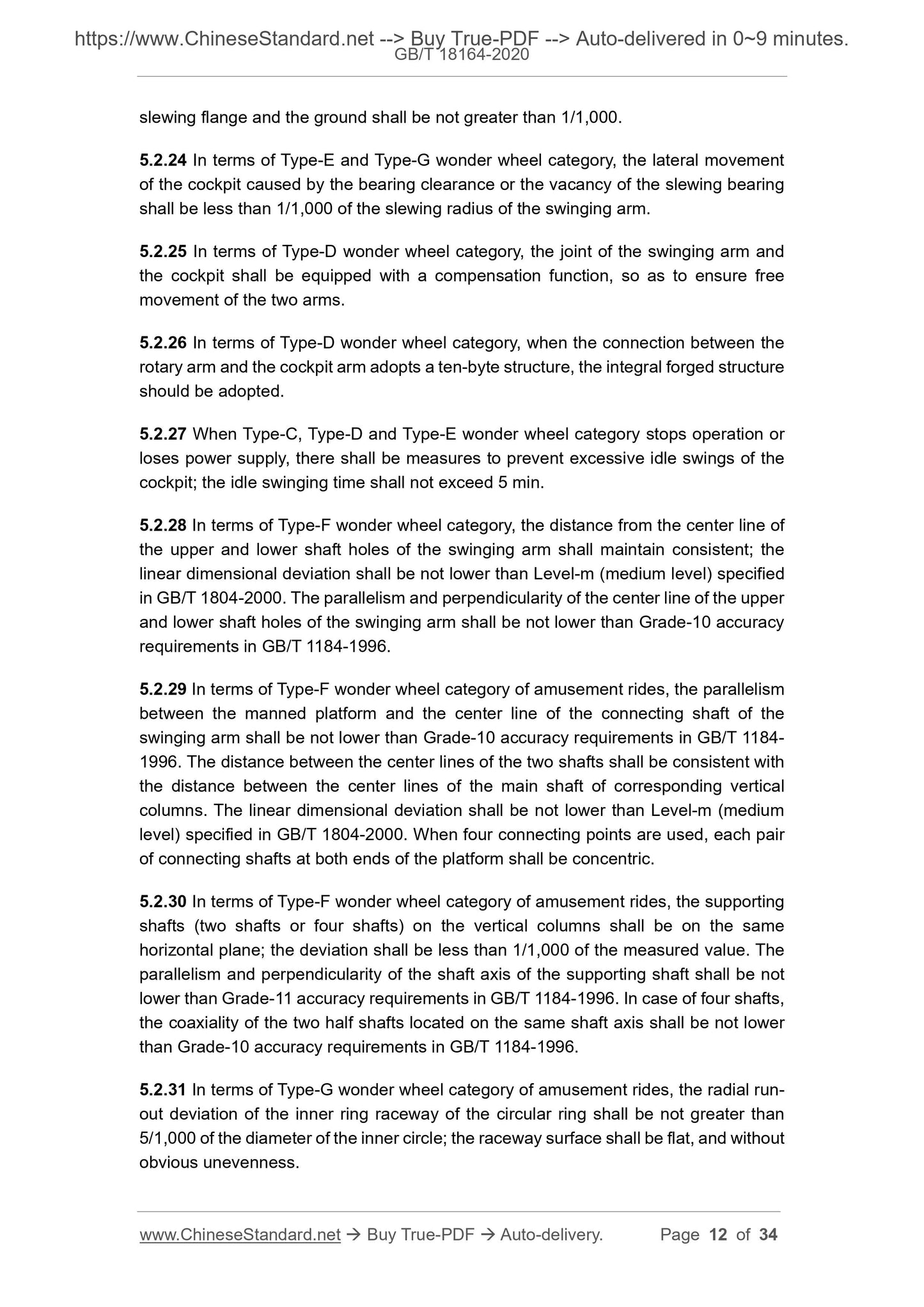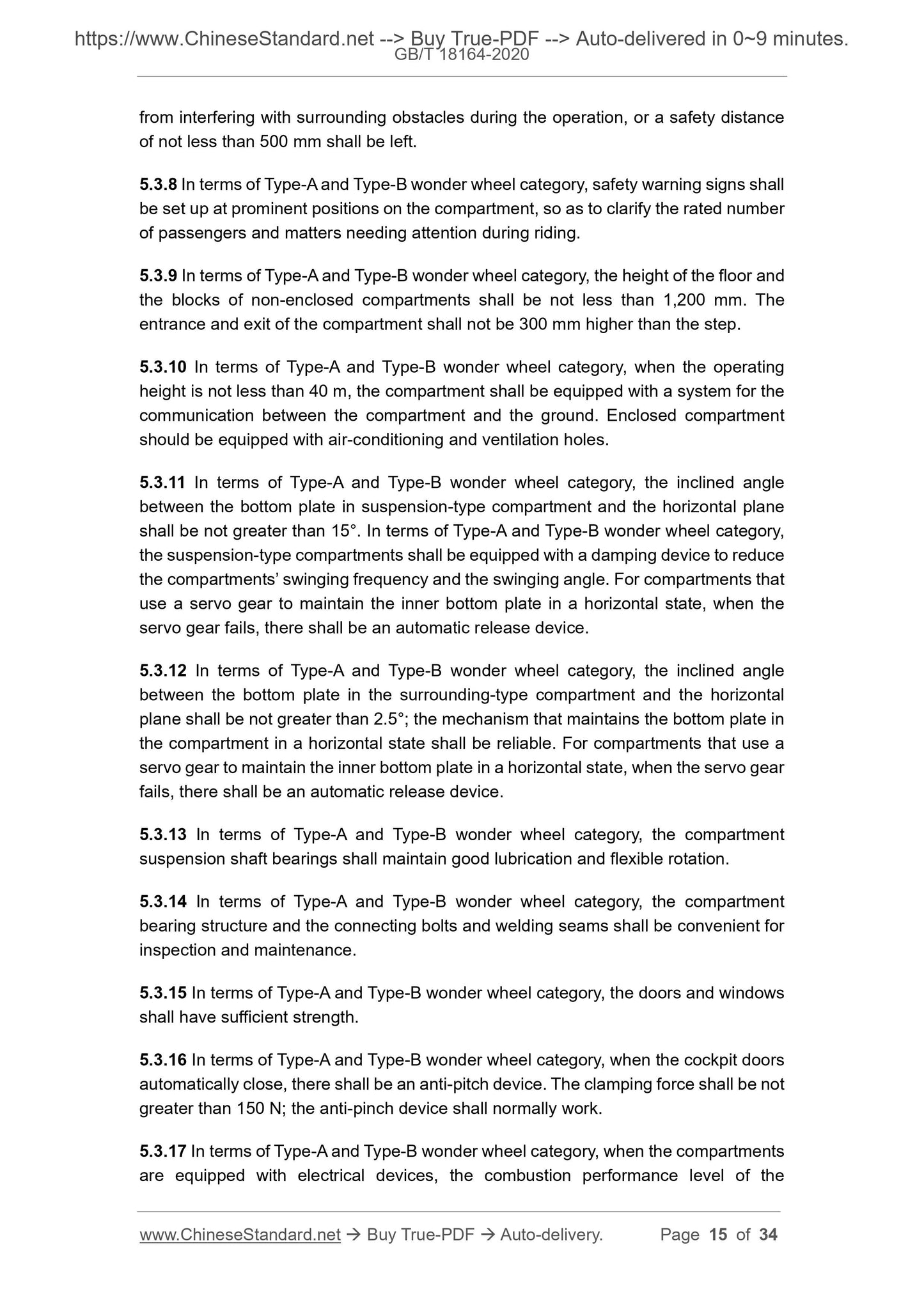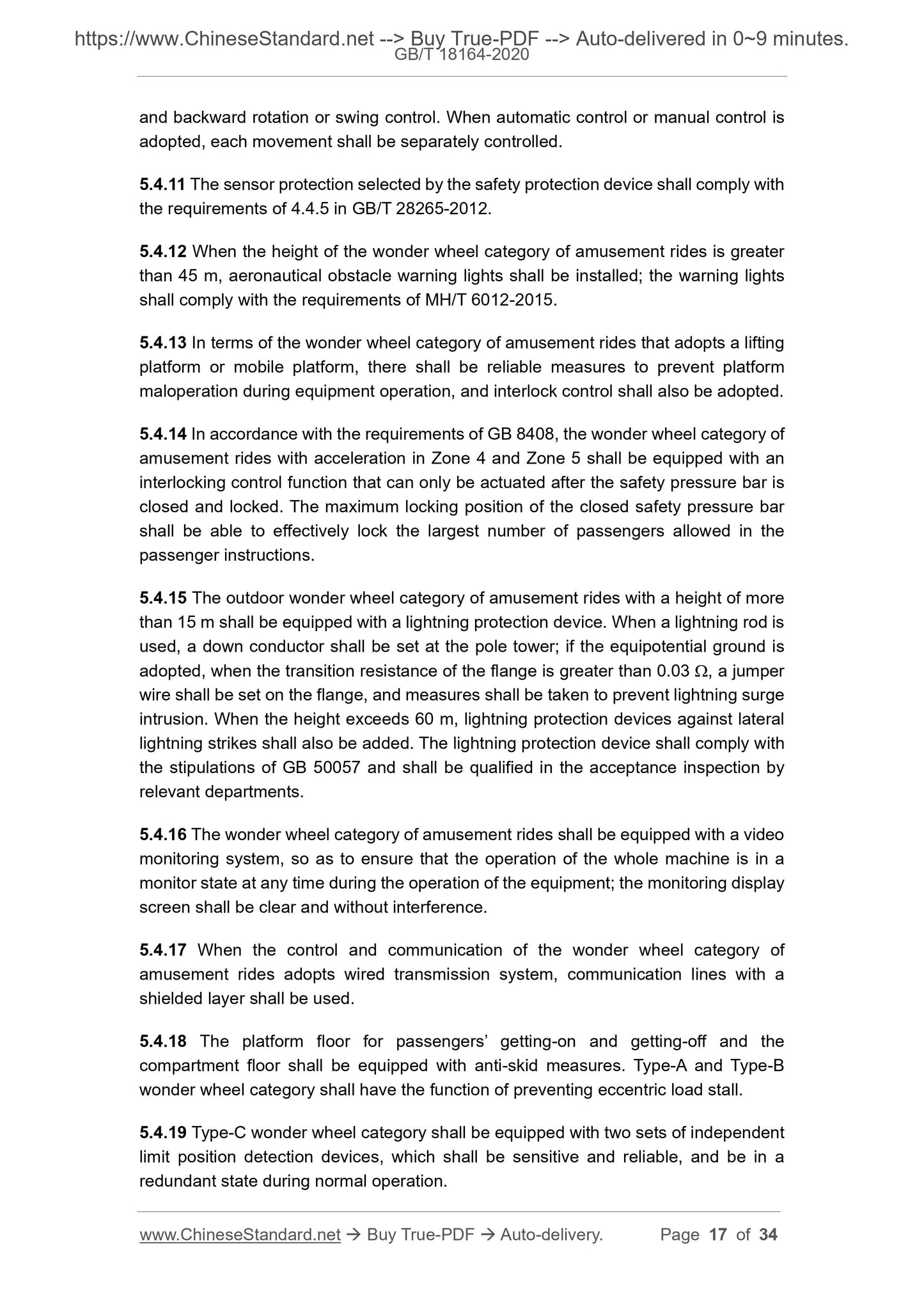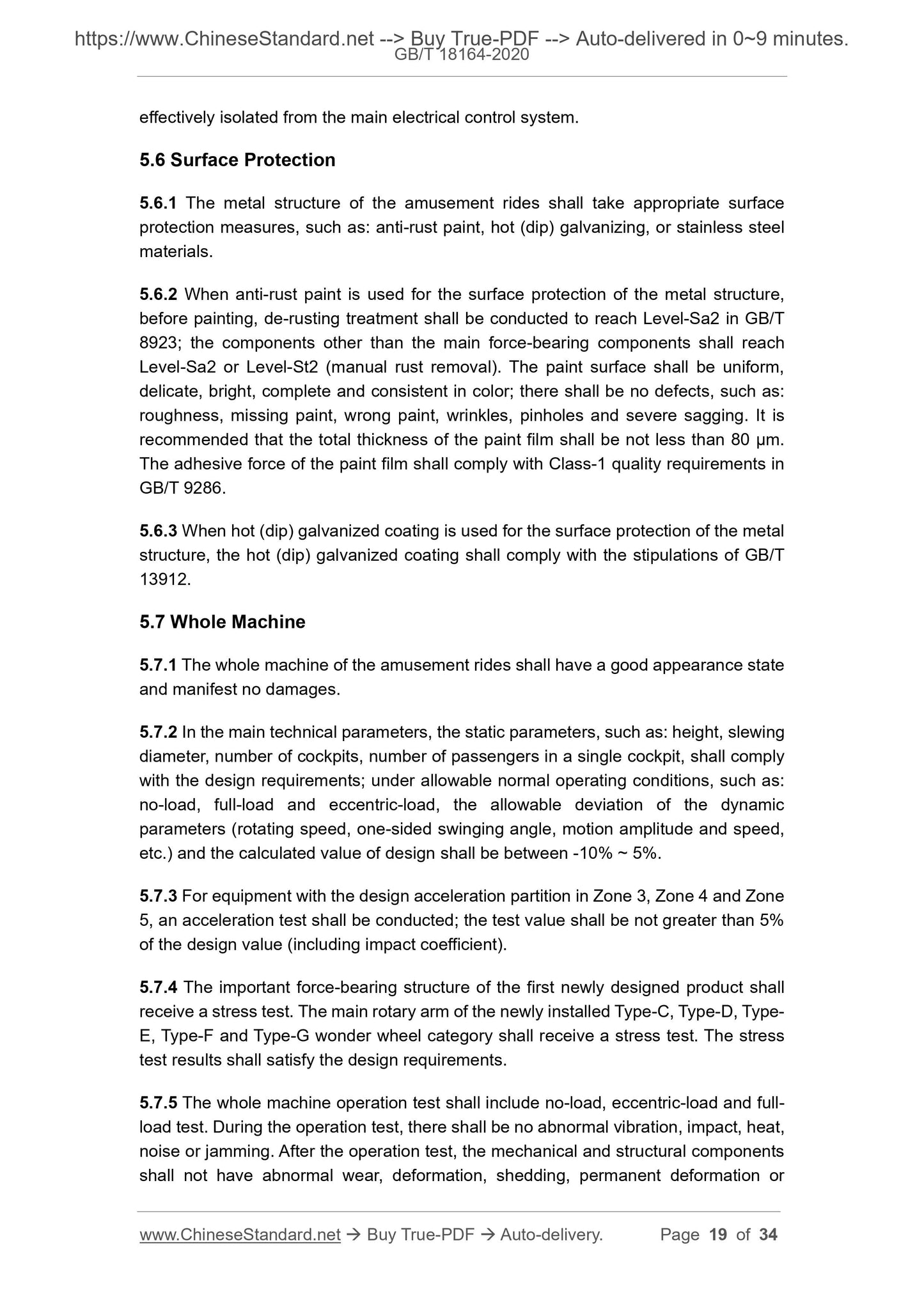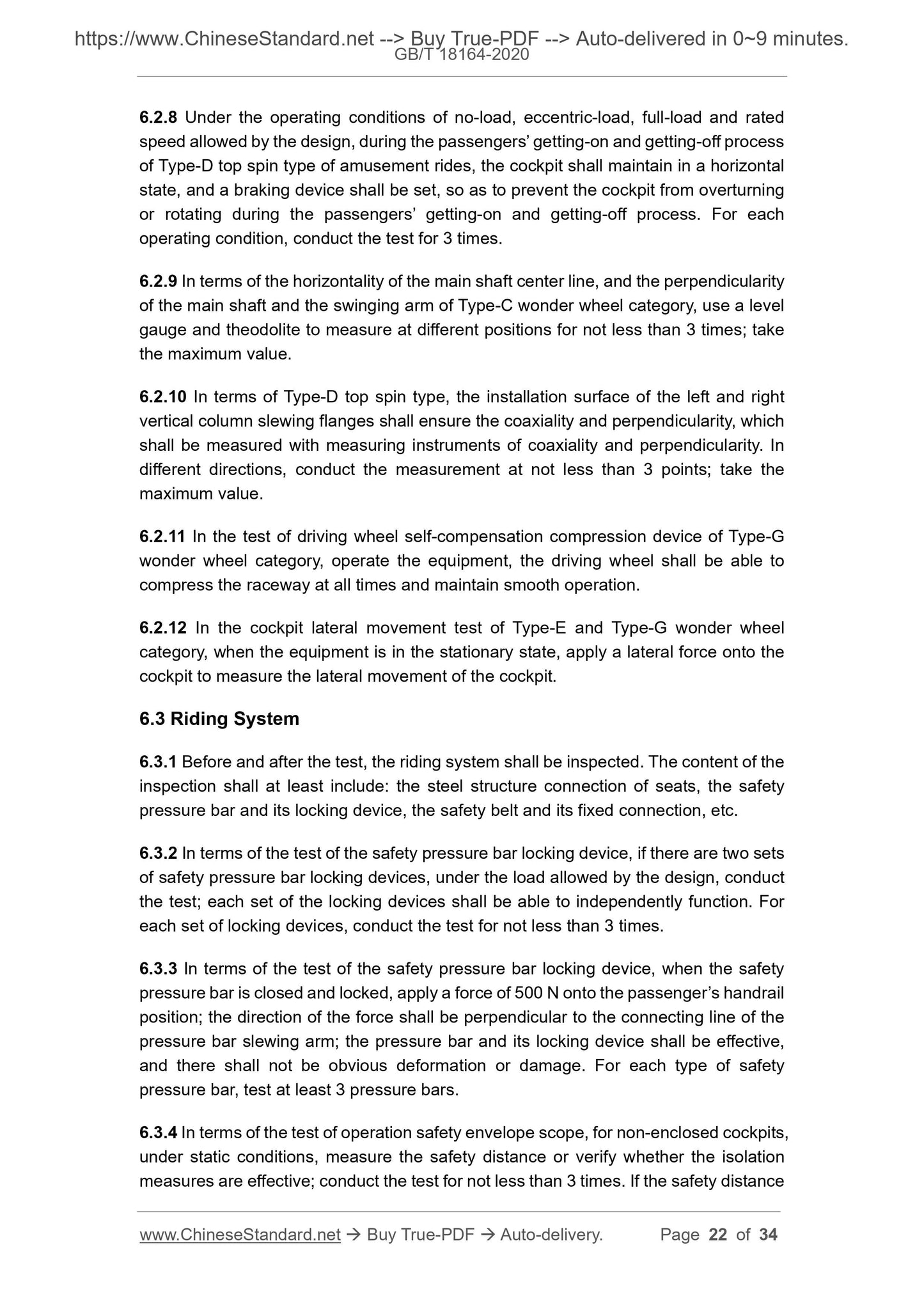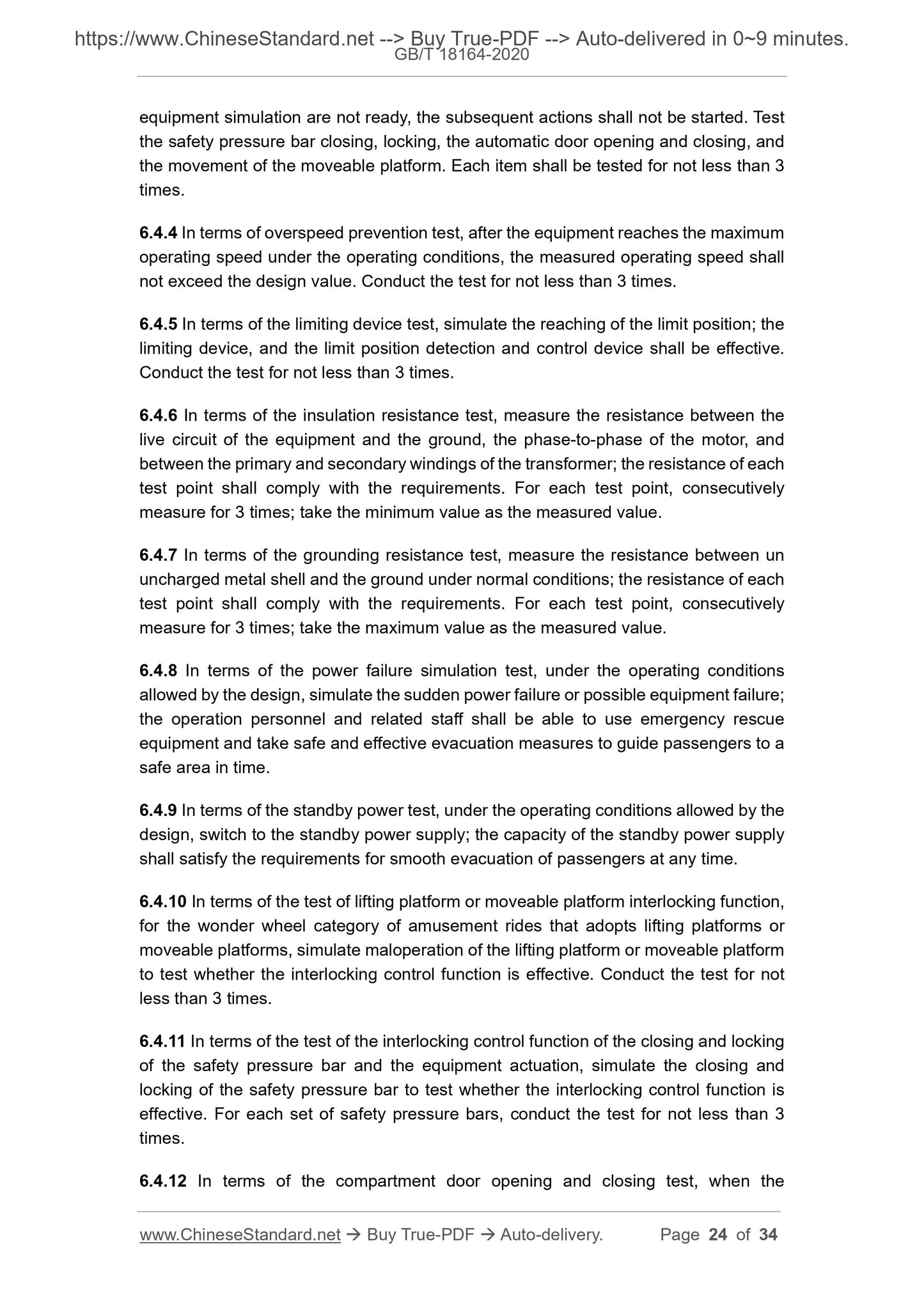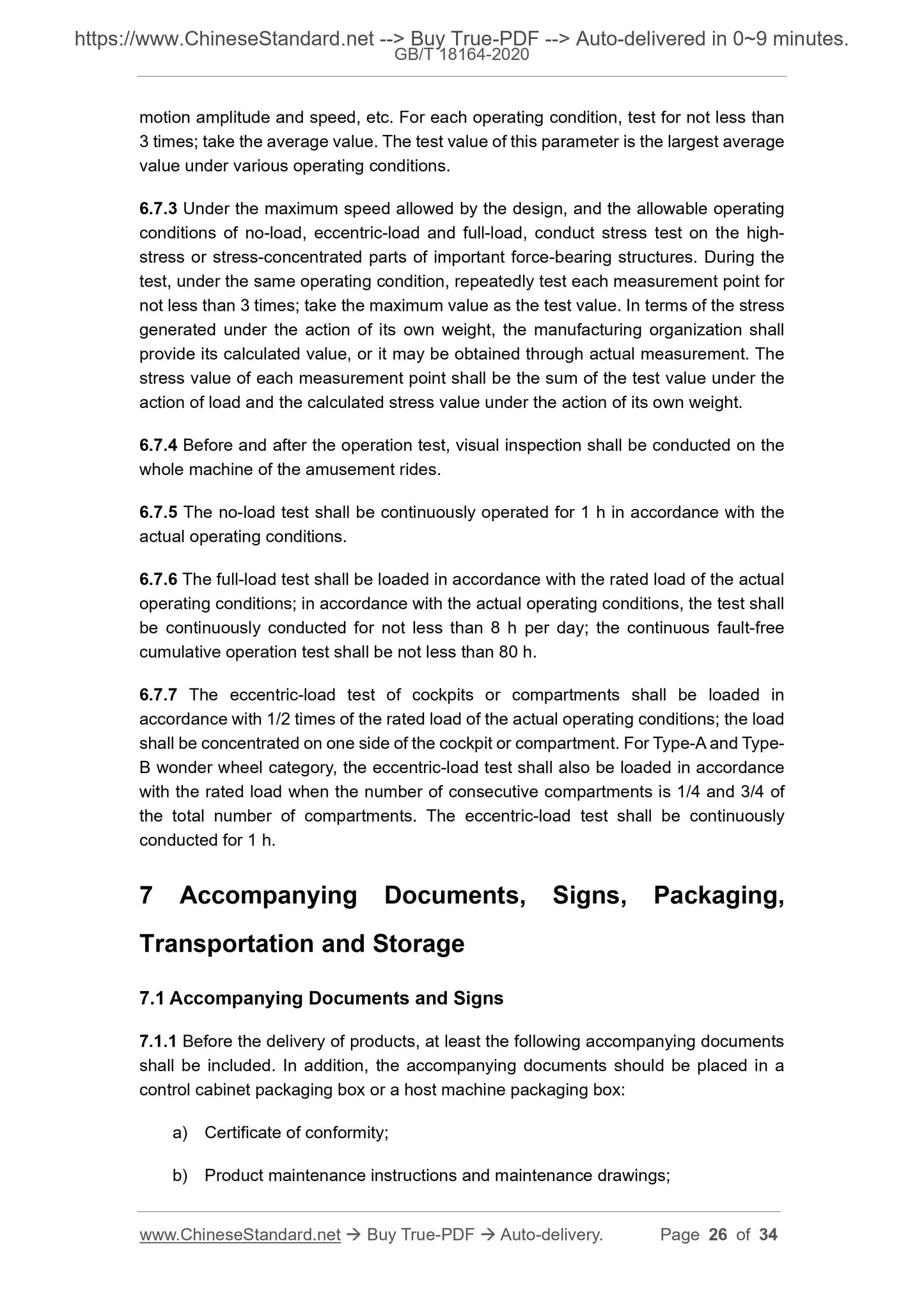1
/
of
12
www.ChineseStandard.us -- Field Test Asia Pte. Ltd.
GB/T 18164-2020 English PDF (GB/T18164-2020)
GB/T 18164-2020 English PDF (GB/T18164-2020)
Regular price
$255.00
Regular price
Sale price
$255.00
Unit price
/
per
Shipping calculated at checkout.
Couldn't load pickup availability
GB/T 18164-2020: Specifications of Amusement Rides Wonder Wheel Category
Delivery: 9 seconds. Download (and Email) true-PDF + Invoice.Get Quotation: Click GB/T 18164-2020 (Self-service in 1-minute)
Newer / historical versions: GB/T 18164-2020
Preview True-PDF
Scope
This Standard specifies the general principles, technical requirements, inspection,detection and test requirements, accompanying documents, signs, packaging,
transportation and storage of wonder wheel category of amusement rides.
This Standard is applicable to wonder wheel category of amusement rides.
Basic Data
| Standard ID | GB/T 18164-2020 (GB/T18164-2020) |
| Description (Translated English) | Specifications of Amusement Rides Wonder Wheel Category |
| Sector / Industry | National Standard (Recommended) |
| Classification of Chinese Standard | Y57 |
| Classification of International Standard | 97.200.40 |
| Word Count Estimation | 22,212 |
| Date of Issue | 2020-03-06 |
| Date of Implementation | 2020-03-06 |
| Issuing agency(ies) | State Administration for Market Regulation, China National Standardization Administration |
Share
